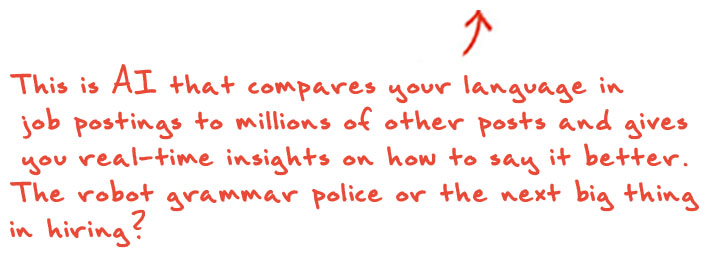
On Tuesday morning, the Department of Justice accused more than 50 people — parents and college-athletics coaches — of a nationwide scheme to get the children of the wealthy into selective colleges like the University of Southern California, Georgetown, Yale, Wake Forest, and the University of Texas. William Singer pleaded guilty on Tuesday to charges of racketeering conspiracy, money laundering conspiracy, and obstruction of justice. He was allegedly the fixer, helping parents create fake athletic profiles to give their children a leg up with admissions, and arranged for graduate students to take ACT and SAT tests for the kids. The Atlantic


Wells Fargo has spent years publicly apologizing for deceiving customers with fake bank accounts, unwarranted fees, and unwanted products. Its top executives say that because they have eliminated the aggressive sales targets that spurred bad behavior, the bank’s culture has changed. Many employees say that’s news to them. Wells Fargo workers say they remain under heavy pressure to squeeze extra money out of customers. Some have witnessed colleagues bending or breaking internal rules to meet ambitious performance goals, according to interviews with 17 current and former employees and internal documents reviewed by The New York Times. The New York Times


The diversity training sign-up goes around and people sigh at their desks. Events are sparsely attended and low in energy. The chief executive makes an appearance at the first training of the season, but then never mentions the word “diversity” again for the rest of the year. These are symptoms of something researchers refer to as “diversity fatigue,” a phenomenon affecting workplaces around the country. Even as diversity and inclusion programs have made progress within individual organizations, some industries still struggle to weave a sense of belonging and inclusion into the company culture. Employees may see their organization “talking the talk,” so to speak, by organizing diversity events and increasing awareness of its importance. But until leaders are “walking the walk” and making systemic changes, employees may not feel inspired to do the same. CNN Business


The debate about feedback at work isn’t new. Since at least the middle of the last century, the question of how to get employees to improve has generated a good deal of opinion and research. But recently the discussion has taken on new intensity. The ongoing experiment in “radical transparency” at Bridgewater Associates and the culture at Netflix, which the Wall Street Journal recently described as “encouraging harsh feedback” and subjecting workers to “intense and awkward” real-time 360s, are but two examples of the overriding belief that the way to increase performance in companies is through rigorous, frequent, candid, pervasive, and often critical feedback. Feedback is about telling people what we think of their performance and how they should do it better — whether they’re giving an effective presentation, leading a team, or creating a strategy. Harvard Business Review


McDonald’s receives upwards of 20 million applicants a year to support hiring nearly 2 million people, making them one of the most significant employers in the world. As McDonald’s is planning for their next stage of growth, they are investing in world-class technologies that improve their hiring and recruiting processes at scale. Textio, a 2019 Finalist for the SXSW Innovation Awards, has been brought on board to enable McDonald’s to not only recruit and hire faster, but also to ensure they reach top-quality applicants in an inclusive manner. As McDonald’s continues to modernize their technology across the enterprise, from self-order kiosks to adopting newer recruiting technology, McDonald’s saw an opportunity to partner with Textio to bring the vibrant culture and brand voice of McDonald’s into the recruiting process. PR NewsWire










